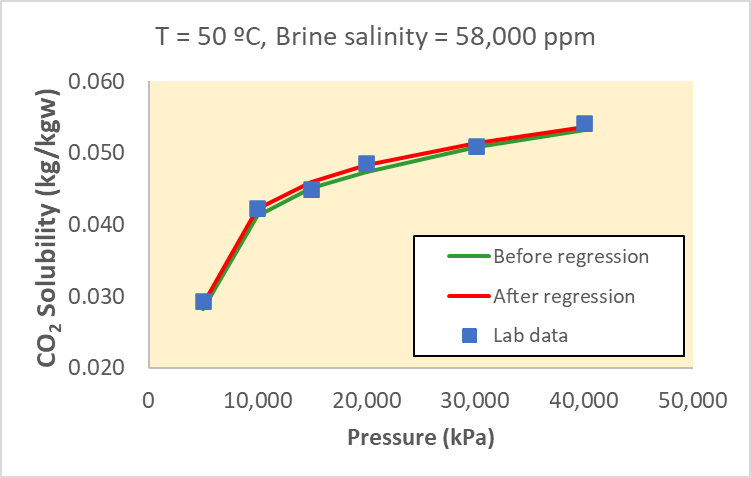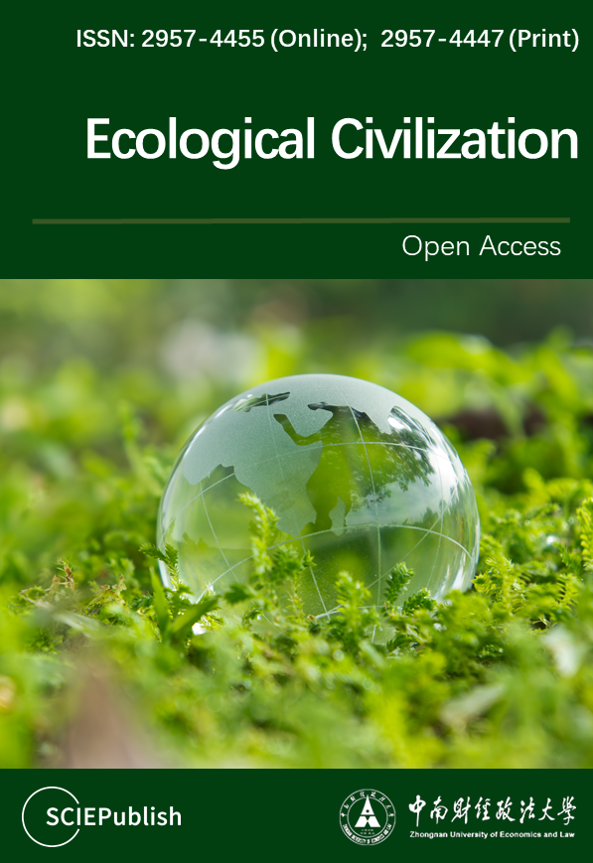Found 2 results
Article
16 January 2024The Interplay between Experimental Data and Uncertainty Analysis in Quantifying CO2 Trapping during Geological Carbon Storage
Numerical simulation is a widely used tool for studying CO2 storage in porous media. It enables the representation of trapping mechanisms and CO2 retention capacity. The complexity of the involved physicochemical phenomena necessitates multiphase flow, accurate fluid and rock property representation, and their interactions. These include CO2 solubility, diffusion, relative permeabilities, capillary pressure hysteresis, and mineralization, all crucial in CO2 trapping during carbon storage simulations. Experimental data is essential to ensure accurate quantification. However, due to the extensive data required, modeling under uncertainty is often needed to assess parameter impacts on CO2 trapping and its interaction with geological properties like porosity and permeability. This work proposes a framework combining laboratory data and stochastic parameter distribution to map uncertainty in CO2 retention over time. Published data representing solubility, residual trapping, and mineral trapping are used to calibrate prediction models. Geological property variations, like porosity and permeability, are coupled to quantify uncertainty. Results from a saline sandstone aquifer model demonstrate significant variation in CO2 trapping, ranging from 17% (P10 estimate) to 56% (P90), emphasizing the importance of considering uncertainty in CO2 storage projects. Quadratic response surfaces and Monte Carlo simulations accurately capture this uncertainty, resulting in calibrated models with an R-squared coefficient above 80%. In summary, this work provides a practical and comprehensive framework for studying CO2 retention in porous media, addressing uncertainty through stochastic parameter distributions, and highlighting its importance in CO2 storage projects.

Article
01 September 2023The Priority of Nature-based over Engineered Negative Emission Technologies: Locating BECCS and DACCS within the Hierarchy of International Climate Law
Drastically reducing emissions is essential to achieve the Paris Agreement’s (PA) goal of keeping global temperature well below 2 °C, ideally at 1.5 °C. With regard to residual emissions, however, a demand for negative emission technologies (NETs), also known as carbon dioxide removal (CDR), remains. NETs are particularly necessary to reach net-zero goals by offsetting emissions in hard-to-abate sectors. This article examines the distinction between “engineered” and “nature-based” removals from the perspective of international climate change law. To that end, the relevant legal norms in the United Nations Framework Convention on Climate Change (UNFCCC), the Kyoto Protocol (KP), and the PA are interpreted—with a particular emphasis on two engineered removals: bioenergy with carbon capture and storage (BECCS) and direct air carbon capture and storage (DACCS). We posit that the three treaties establish a normative hierarchy that is more favorable towards so-called nature-based removals and less favorable to engineered removals (and even more favorable towards emission reductions).
